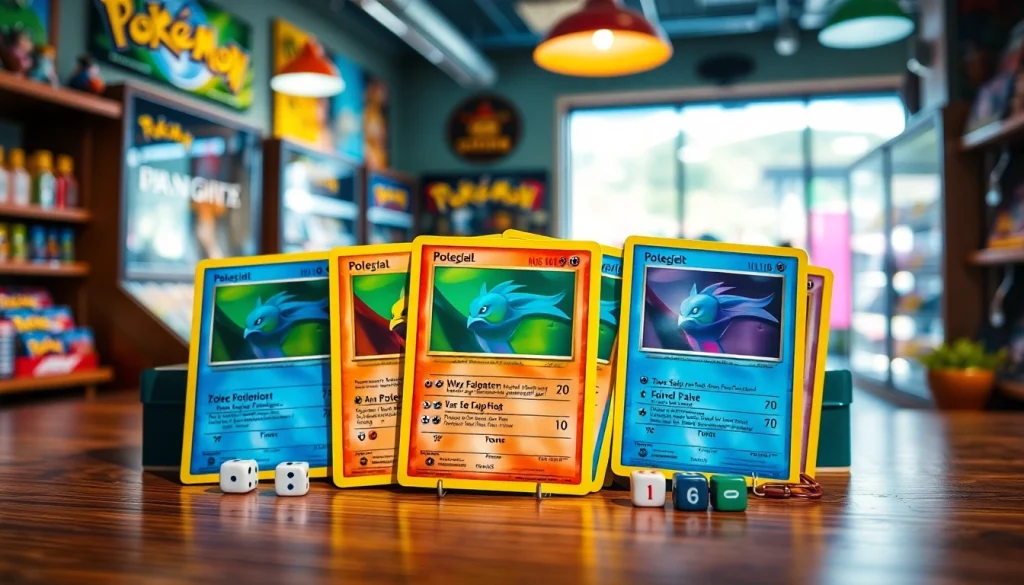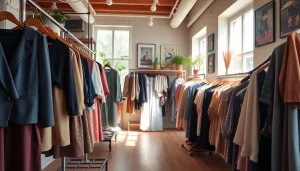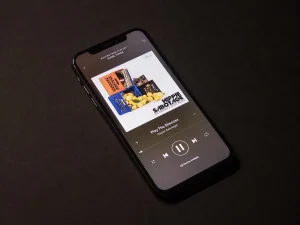Unraveling the World of Real Pokémon Cards: Where to Buy and What to Look For

Understanding Real Pokémon Cards
For avid collectors and fans of the Pokémon franchise, understanding the nuances of real Pokémon cards is crucial. This not only ensures that you make informed purchases but also helps you appreciate the artwork, rarity, and overall value of your collection. The Pokémon Trading Card Game (TCG) has developed into a multifaceted hobby, presenting both opportunities and challenges—especially with the prevalence of counterfeit cards in the market.
What Makes Pokémon Cards Authentic?
Authentic Pokémon cards are identifiable by several key features, which include the card material, printing quality, and specific characteristics inherent to Pokémon card production. The primary indicators of authenticity are:
- Card Material: Real Pokémon cards are made of a specific cardstock that has a distinctive feel and weight. They shouldn’t feel too flimsy or too thick. Cards should also have a slight gloss, especially in the holographic versions.
- Print Quality: Authentic cards exhibit high-quality printing without any blurriness or misalignment. Check for sharp images and vibrant colors.
- Holograms: Many cards feature holographic elements, especially rarer ones. Inspect these closely; they should have a smooth finish and display proper shimmering effects when tilted.
- Text Alignment: Look closely at any text on the card for proper alignment and clarity, as counterfeit versions often have alignment issues.
The Evolution of Pokémon Cards
The Pokémon card game began in 1996, and the evolution of its cards reflects the game’s growth in popularity. Initially, cards were simple and featured basic images and text, but over the years, they have transformed into highly detailed works of art. Key milestones in this evolution include:
- Introduction of Energy Cards: This pivotal moment allowed players to strategize in new ways, making games more dynamic.
- Expansion Packs: Over the years, multiple expansions have introduced new Pokémon, mechanics, and gameplay strategies, creating a rich history.
- Special Editions and Collectibles: Today, collectors clamor for special edition cards that feature unique artworks or commemorate events.
As the game evolves, the cards themselves have become increasingly valuable, with some rare editions worth thousands of dollars.
Card Rarity and Its Importance
Rarity is one of the most significant factors contributing to the value of Pokémon cards. The categorization of cards often includes several tiers:
- Common Cards: These are widely distributed and easily found, generally holding little financial value.
- Uncommon Cards: Slightly harder to find, these may still be relatively affordable.
- Rare Cards: These are tougher to locate and may exhibit unique features, like holographs or exclusive illustrations.
- Ultra Rare and Secret Rare Cards: These cards often require special packs or collections to obtain and can command high prices at auction due to their scarcity.
The importance of rarity also extends to market trends, with specific cards gaining or losing value based on their demand in collector circles.
Where to Buy Real Pokémon Cards
The opportunity to purchase real Pokémon cards has expanded significantly over the years, from traditional physical stores to a blossoming online marketplace. Knowing where to look is key to building a quality collection.
Online Retailers and Marketplaces
There are numerous online platforms where you can buy Pokémon cards. Notable options include:
- Pokémon Center: The official Pokémon® website offers a range of TCG products. It’s a reliable source for new releases and exclusive items.
- TCGPlayer: This site connects thousands of sellers, providing a huge variety of cards, booster packs, and even singles at competitive prices.
- Amazon: You can find a diverse range of Pokémon card collections and singles on Amazon, often with user reviews to gauge seller reliability.
Utilizing these platforms allows you to browse a vast inventory and compare prices all in one sitting, enhancing your buying experience.
Physical Stores and Game Shops
Many local game shops and hobby stores are stocked with Pokémon cards. Visiting these stores can provide several benefits:
- Community Interaction: Local shops often host Pokémon events or tournaments, which can be a great opportunity to meet fellow collectors and players.
- Immediate Inspection: You can physically inspect cards before purchasing them, minimizing the risk of acquiring counterfeits.
- Expert Advice: Store employees or seasoned collectors can offer invaluable knowledge regarding the value and authenticity of cards.
Checking listings for nearby stores specializing in trading cards can yield surprising discoveries within your community.
Safe Buying Practices
When purchasing Pokémon cards, it’s essential to adopt safe buying practices to protect yourself financially and ensure card authenticity. Here are some strategies:
- Research Sellers: Before making purchases, check the seller’s ratings and reviews, especially on platforms like eBay or TCGPlayer.
- Secure Payments: Use secure payment methods, such as PayPal or credit cards that protect against fraud.
- Return Policies: Be sure to read the return policies before buying, in case the card does not meet your expectations.
By following these guidelines, collectors can navigate the purchasing process more efficiently and safeguard their investments.
Telling the Difference: Real vs. Fake Pokémon Cards
As mentioned, counterfeits are a persistent issue among collectors. Learning to differentiate real Pokémon cards from fakes can save significant trouble and expense.
Common Signs of Authenticity
Identifying authentic cards is crucial for any collector. Here are some common indicators:
- Light Test: Real cards allow a small amount of light to filter through, revealing a slight transparency. Fake cards tend to be opaque.
- Weight and Feel: Genuine Pokémon cards have a distinctive weight and texture. If a card feels cheap or fragile, it’s likely a counterfeit.
- Back Design: Compare the back of the card with known authentic cards. A blurred design or incorrect colors can indicate a fake.
Avoiding Counterfeit Cards
Staying aware and informed can greatly minimize the risk of buying counterfeit cards. Here are some tips:
- Stay Educated: Familiarize yourself with the latest releases and reprints, as counterfeits may use outdated designs.
- Watch for Deals That Seem Too Good to Be True: If a deal appears significantly cheaper than average market value, it may indicate a scam.
Expert Tips on Verification
Experts recommend various methods for verifying Pokémon card authenticity, including:
- Professional Grading Services: Utilize grading services (like PSA or Beckett) that authenticate cards and assess their condition, often increasing resale value.
- Use Online Guides: Reference online resources and community forums where experienced collectors share insights and comparison photos.
Education plays a crucial role in combating the proliferation of counterfeit cards, ensuring that collectors remain confident in their purchases.
Building Your Pokémon Card Collection
Building a Pokémon card collection can be an enriching experience when approached with strategies that enhance both enjoyment and value.
Strategies for Collecting
Some effective strategies to consider while building your collection include:
- Focus on What You Love: Whether it’s a specific Pokémon, series, or rarity, collecting should be driven by personal passion rather than just value.
- Set Goals: Create small, achievable goals, like completing a particular set or collecting a specific rarity, to maintain motivation.
Card Protection and Preservation
Preserving the quality and value of your cards is paramount. Here are essential preservation tips:
- Use Sleeves: Protect cards in soft sleeves or hard cases to avoid scratches, dirt, and wear.
- Store Properly: Keep your collection in a cool, dry place away from direct sunlight to hinder warping or fading.
Community and Trading Events
Engaging with the Pokémon community can enhance your collection experience. Consider participating in:
- Local Tournaments: These offer a chance to compete, trade, and interact with fellow enthusiasts.
- Online Forums and Social Media Groups: Joining these communities allows collectors to share insights, the latest trends, and trade opportunities.
The sense of belonging to a community can transform your collecting journey from a solitary pursuit into a shared adventure.
The Future of Pokémon Cards in Gaming
The Pokémon Trading Card Game continues to evolve, creating excitement for both new players and seasoned veterans alike. Anticipating future trends can help collectors and players stay ahead of the curve.
Trends and New Releases
Some noteworthy trends to watch in the Pokémon TCG include:
- Increased Focus on Digital Integration: With the rise of digital card games, Pokémon is likely to blend physical and digital experiences, enhancing gameplay.
- Limited Edition Releases: Special and promotional cards have been increasingly popular, driven by limited-time events and anniversaries.
The Role of Technology in Card Gaming
Technology will continue to play a pivotal role in how players interact with Pokémon cards:
- Augmented Reality Apps: Some applications enhance gameplay by providing virtual overlays that guide users in real time.
- Online Trading Platforms: As the community grows, platforms will evolve to facilitate card trades and sales more efficiently.
Engaging the Next Generation of Players
To ensure the longevity of the Pokémon TCG, engaging younger audiences will be essential. Strategies may include:
- Educational Programs: Local shops can run workshops for youth to learn how to play the game and understand card collecting.
- Incentives for New Players: Special promotional cards or beginner-friendly tournaments can motivate newcomers to join the fun.
By fostering a welcoming environment, the Pokémon community can ensure its growth for generations to come.







